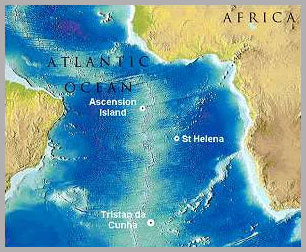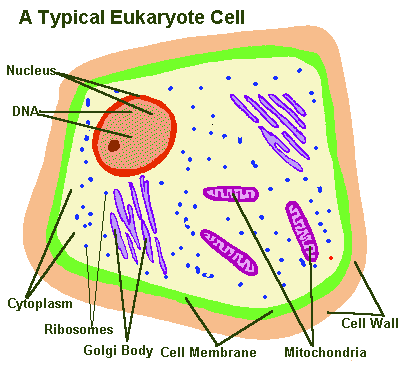I’ve been researching a story about the sea turtles of Ascension Island. In the center of the South Atlantic, almost exactly halfway between Brazil to the west and West Africa to the East, lies tiny Ascension Island. It is home to one of the most important Green Sea Turtle rookeries in the world. The turtles travel thousands of miles across the Atlantic from their feeding grounds off the coast of Brazil to lay their eggs on this island. Why?

A Green Sea Turtle leaves Ascension Island after completing her ancient ritual
Archie Carr, one of the gods in my pantheon, had a theory. Ascension, you see, is a very young island. Only a million years ago or so, it rose from the depths. The birth of Ascension, as a fiery volcano, is one event in the much larger story of the Mid-Ocean Ridge. The ridge is where new ocean is born. On globes it looks like a stitch down the middle of the Atlantic, perfectly mimicking the coasts of South America and Africa in its undulating motion across the ocean floor. For millions of years, new ocean floor has arisen at the ridge as the Americas and the Old World move further and further apart.

Carr proposed that Greens began nesting, not on Ascension, but on a prot0-Ascension that formed when South America and Africa were still close together. Then, as the seafloor spread and the island moved away from the ridge, it sank. Fortunately for the turtles, about that time a new proto-Ascension formed. This happened again and again. As Brazil and proto-Ascension got further and further away, the distance the turtles had committed themselves to traveling got greater and greater, until we see the modern situation – a monumental migration across half the Atlantic.
It is a beautiful theory. It links together plate tectonics and turtles in a way that is extremely attractive to me. Unfortunately, it isn’t true. Beware the things you want to believe.
Archie Carr had no way of knowing it wasn’t true. He lived just at the very beginning of the time when the tests of his theory could be made with something called mitochondrial DNA.
Mitochondria are amazing. Every one of us has them in our cells. They process our food, “burning” it with the oxygen we breathe. They are the power plants of our cells, the place where all the dirty and dangerous work of combustion happens. They are tough.
If you like dark turkey meat, then you like mitochondria. The dark meat is from the harder-working parts of the turkey, and those parts need lots of mitochondria to process lots of food and oxygen.
The most amazing thing about mitochondria is that we animals didn’t invent them. Instead, we co-opted an already-existing organism to come and live inside us. This may have happened many times. Most of the organs in our cells (organelles, if you cast your mind back to high school biology class) may have originated in this way. Even our own cell nucleus that holds our DNA may have started as an individual organism. It makes you question what “we” really are.
Mitochondria, as once free-living organisms, had DNA. They still do. We can collect that DNA, study it, and learn lots of interesting things.
When I die, my mitochondria will die with me. I have no chance of passing it on. I’m a dead-end street, because I am male.
In each of my daughters’ cells, there are mitochondria. Those mitochondria are copies of my wife’s mitochondria. If I had a son, he, too, would carry my wife’s mitochondria. I myself carry copies of my mother’s mitochondria, and none of my father’s. In other words, mitochondria (through mitochondrial DNA) is an unbroken record from mother to daughter to granddaughter.

Why? Sperm cells contain no mitochondria. Egg cells contain lots. When the sperm cell fertilizes the egg cell, the cell begins dividing, resulting eventually in a baby -be it human, butterfly, or sea turtle. Each cell in the baby contains mitochondria, and they all came from copies of mitochondria found in that original egg cell – the mother’s mitochondria!
So turtle scientists realized they could find out, just by looking at mtDNA, who these Ascension Island turtles really were. What they discovered was amazing.
Mutations build up in DNA all the time. Most of the mutations are harmless, resulting in no effect at all. But still, those mutations are passed on. By mapping the mutations that happen in mtDNA (which is the only way this DNA can change, since it doesn’t recombine during sex), scientists can see how far apart in time any two pieces of mtDNA are. The Ascension Island turtles, though definitely isolated from the other Green Sea Turtles of the Atlantic, had been isolated for only around a million years. That’s just about the age of the current Ascension Island. These turtles never visited proto-Ascension (even if such a place existed). Instead, they began, just a million years ago, to lay eggs on the present Ascension Island.
So Archie Carr’s theory is incorrect. And yet the answer brings on so many new questions. How did a single line of turtles begin one million years ago to lay eggs on faraway, isolated Ascension? Was the population the result of one lost turtle? If so, why were her eggs fertile? Turtles usually mate just offshore of their nesting beaches – certainly that’s how Ascension turtles do it today. And how do the turtles today find their way across these vast distances, again and again, to lay their eggs in this faraway sand?
The amazing thing about science is that for every answer, a thousand new questions spring up. It’s turtles all the way down!

1 comment
Comments feed for this article
May 5, 2014 at 7:44 pm
A picture that changed the world | Stats Chat
[…] [the sea turtle migration/continental drift story, though? That's a myth] […]